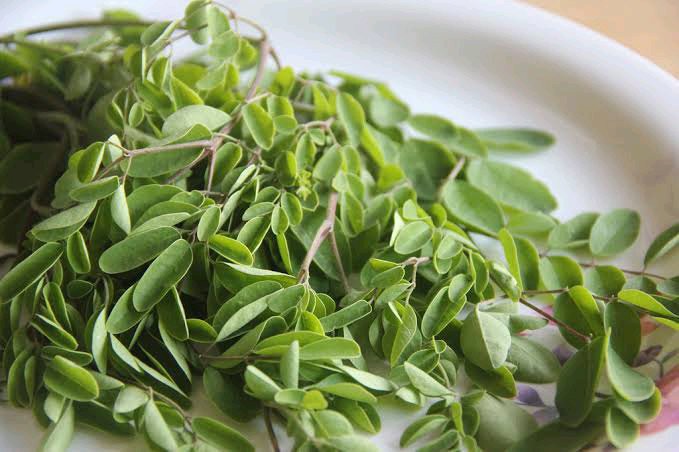Eating mango can be a highly nutritious way to consume a wide variety of vitamins, minerals, and antioxidants. It is also a delicious way to satisfy your sweet tooth. But did you know that eating mango with its peel can also be beneficial? While some people may be hesitant to eat mango with its peel due to a foul taste or texture, there are some surprising health benefits that come with consuming the peel. To help you make the best dietary choice, here are the side effects of eating mango with the peel you need to know.

Mango skin is an excellent source of antioxidants and minerals. The yellow-orange pigment of the mango skin, called beta-carotene, is known to improve overall health, reduce inflammation and reduce the risk of certain chronic diseases. Additionally, the mango peel contains valuable nutrients such as vitamin A, which helps promote healthy skin and eyesight, and vitamin C, which may have protective benefits for the immune system. If you eat mango with the peel, you’ll get the maximum health benefits.
According to healthline, The mango peel is also an excellent source of dietary fiber. Dietary fiber is important for gut health and helps to keep you feeling full for longer, which can aid weight loss. Additionally, it helps to lower cholesterol levels, which is important for overall health. The fiber in the mango peel also helps to move waste through the digestive tract more efficiently.
However, eating mango with the peel is not suitable for everyone. Certain people may be allergic to mangoes or find the taste or texture of the peel unappetizing. Additionally, there are a few health concerns that you should consider before eating mango with the peel.
The first concern is the presence of pesticide residue on the skin of the mango. The skin of the mango is thin and absorbs pesticides more easily. Pesticides are linked to an increased risk of health problems, including cancer and birth defects. To reduce your risk, buy organic mangoes and thoroughly wash the skin before eating.
It is also important to note that the skin of the mango contains urushiol, the same chemical present in poison ivy. This chemical can cause an allergic reaction in some people and should be avoided. If you are allergic to poison ivy, avoid eating mango with the peel.
Finally, the mango peel is a rich source of tannins, which can bind to proteins in your food and make them indigestible. If the tannin levels are too high, it can cause abdominal discomfort and bloating. If you do eat mango with the peel, make sure to thoroughly wash the fruit before consuming.
Conclusion
Eating mango with its peel can provide a range of health benefits, including providing antioxidants and important minerals to help improve overall health. However, before consuming the mango with the peel, it is important to consider potential allergens and pesticide residue that can be present on the fruit and may pose a health risk. Additionally, people who are prone to abdominal discomfort should monitor the amount of tannin they consume in the mango peel.











Leave a Comment